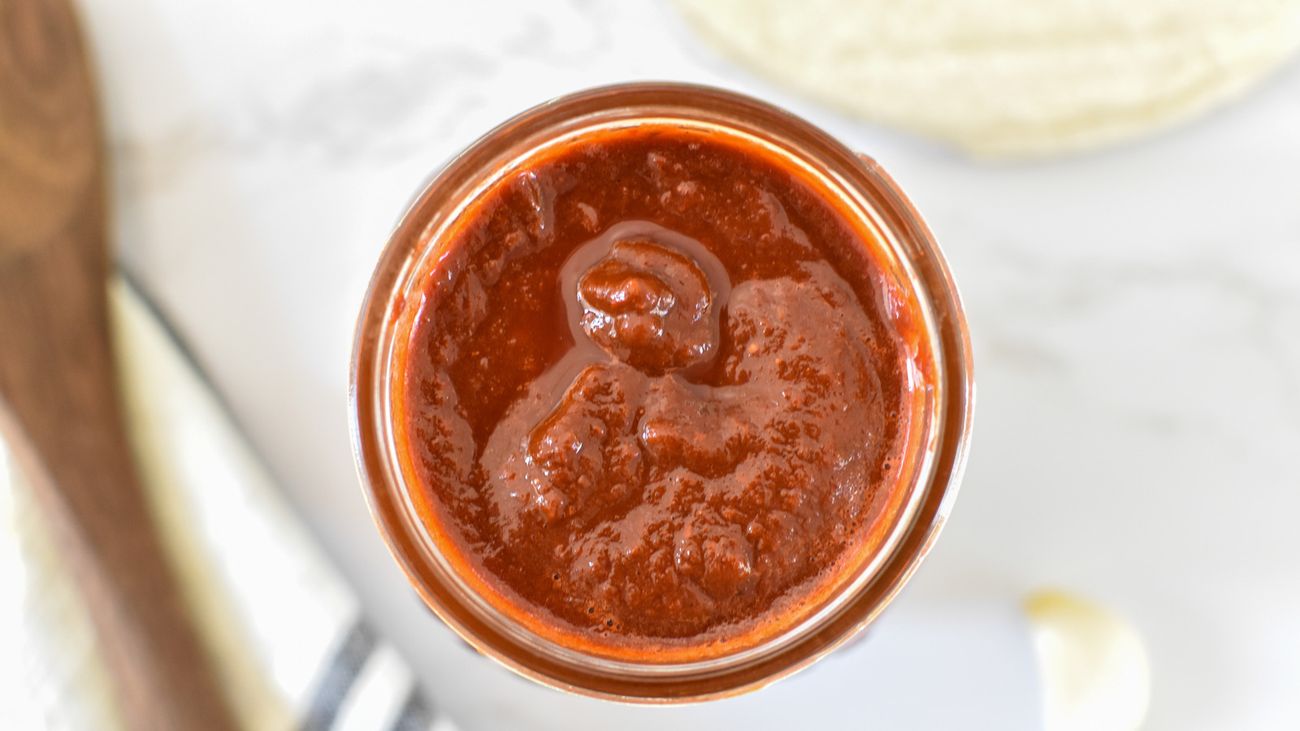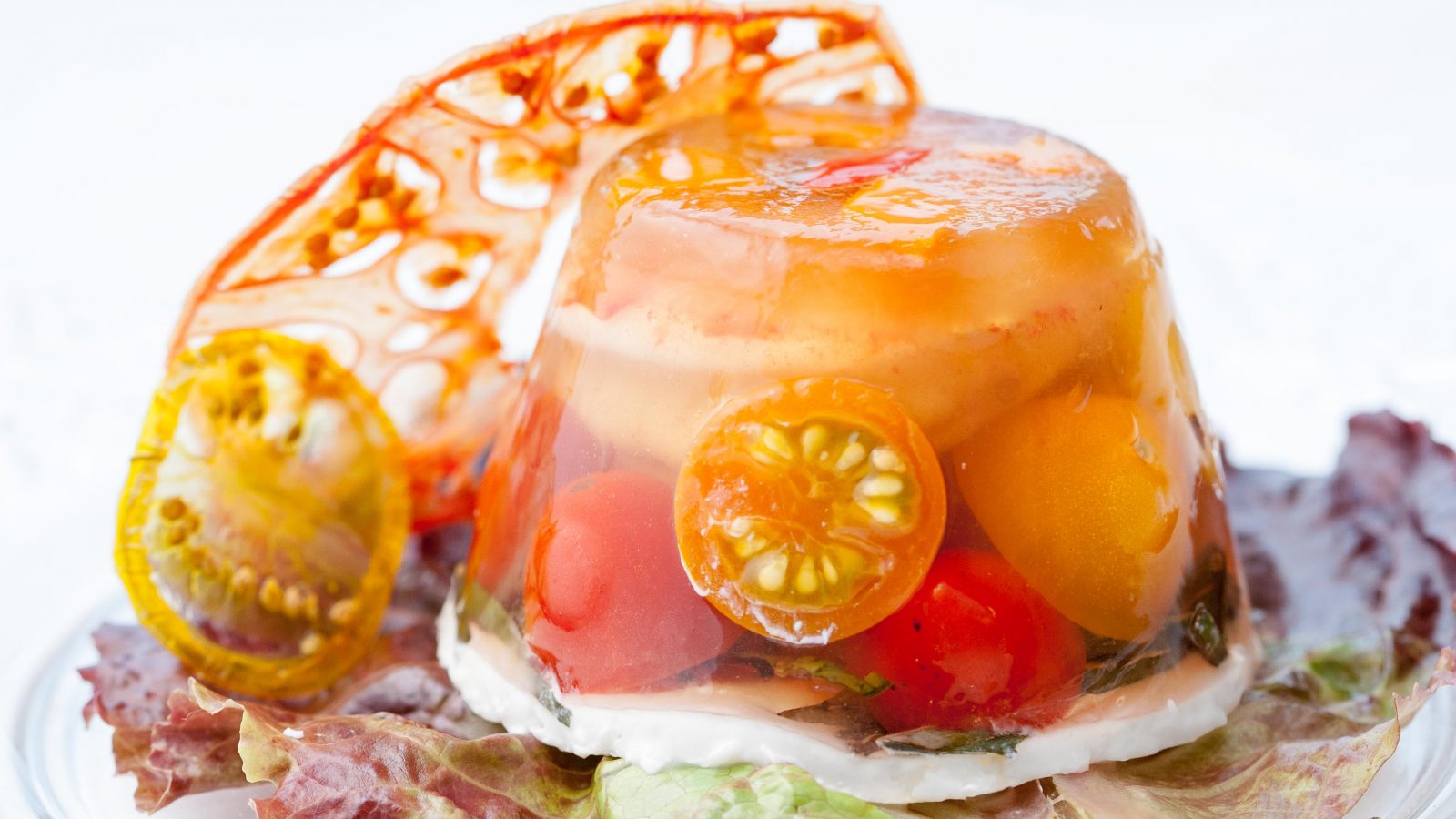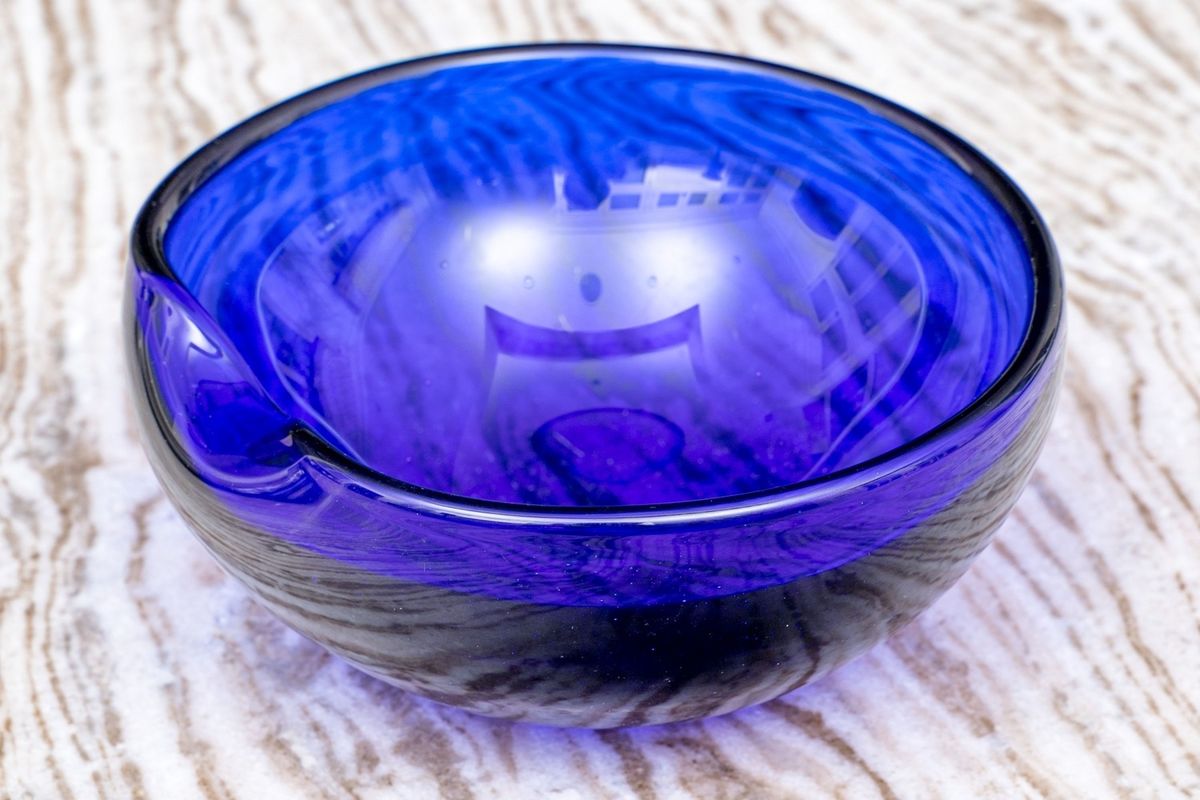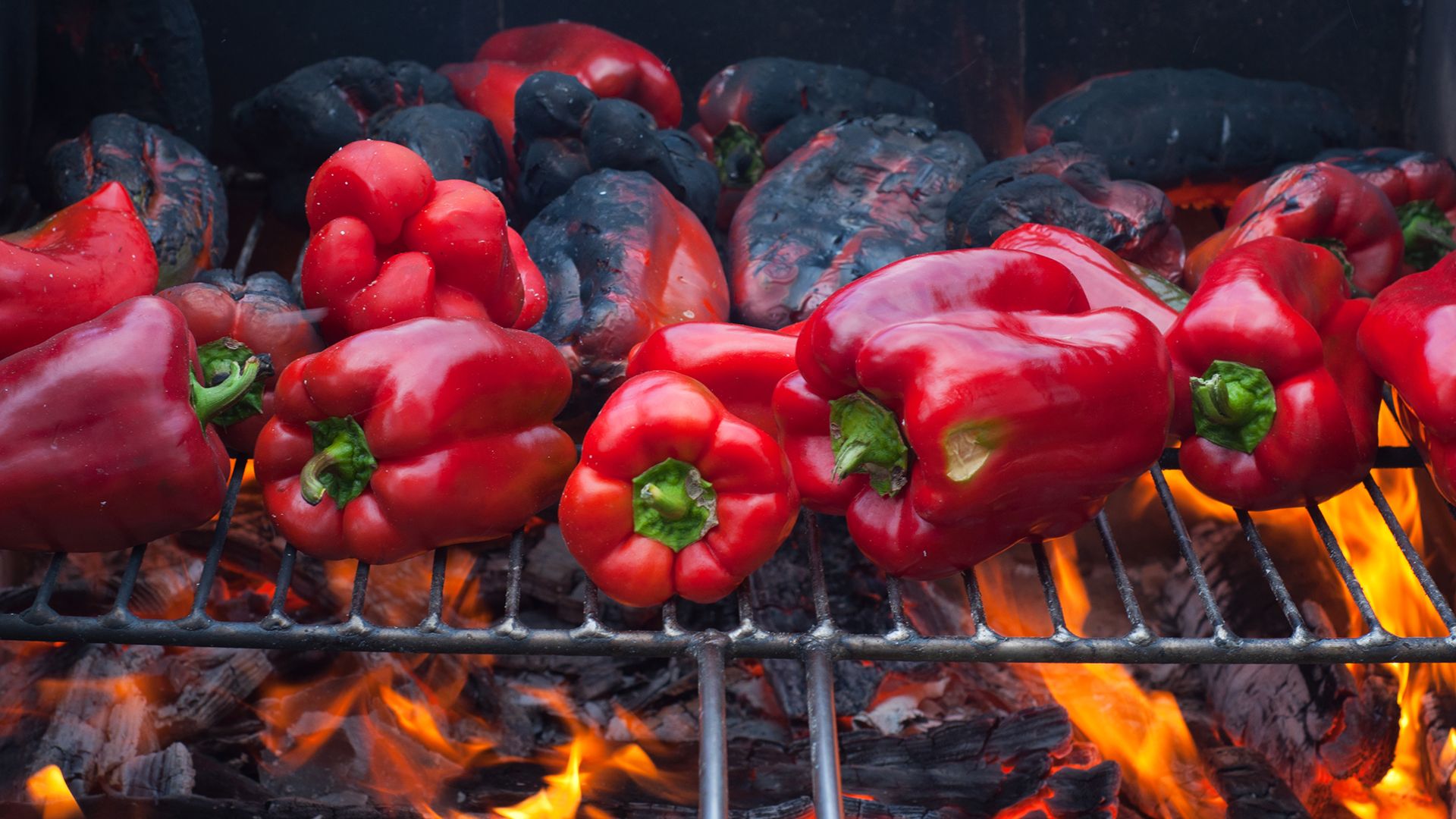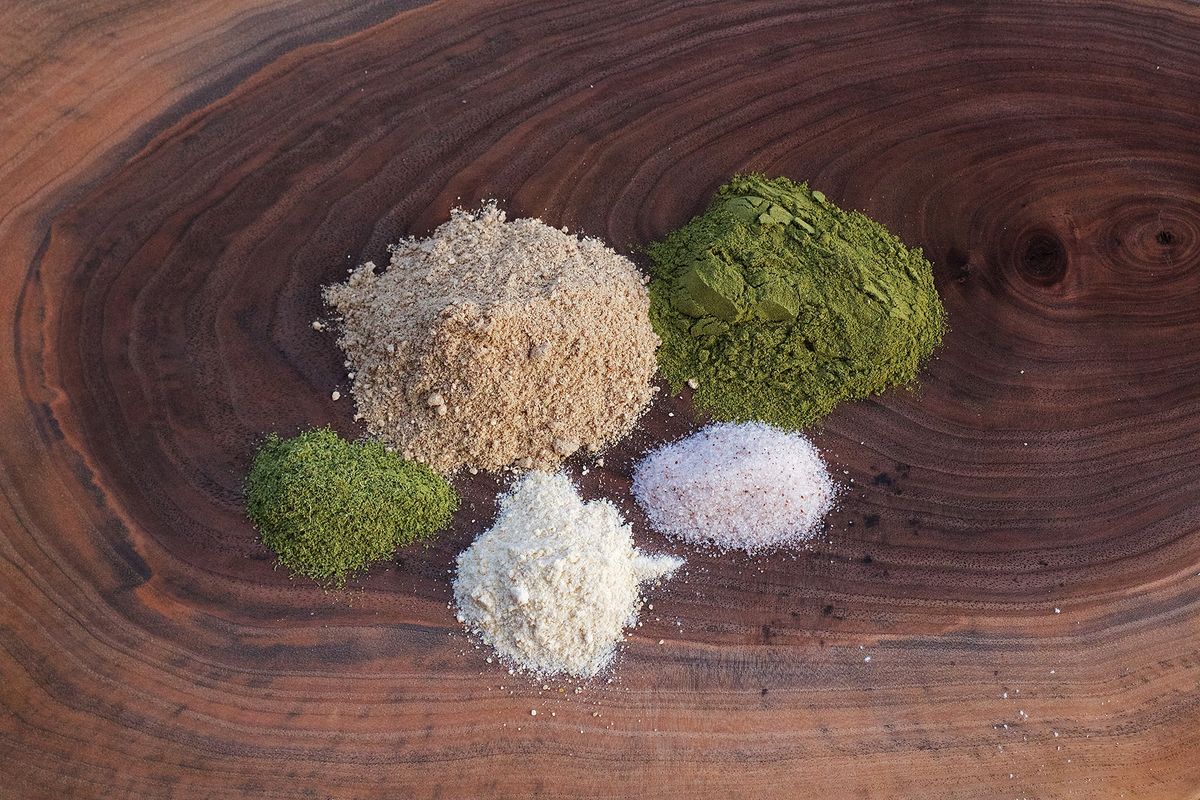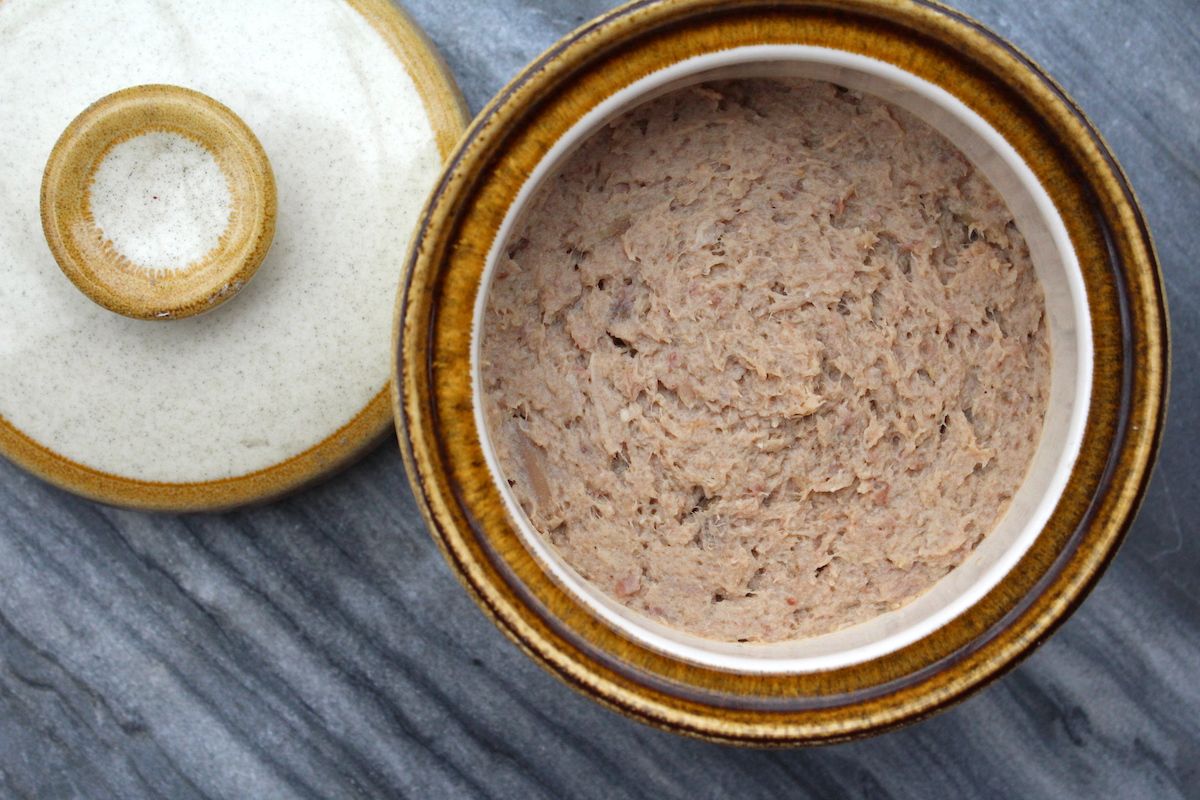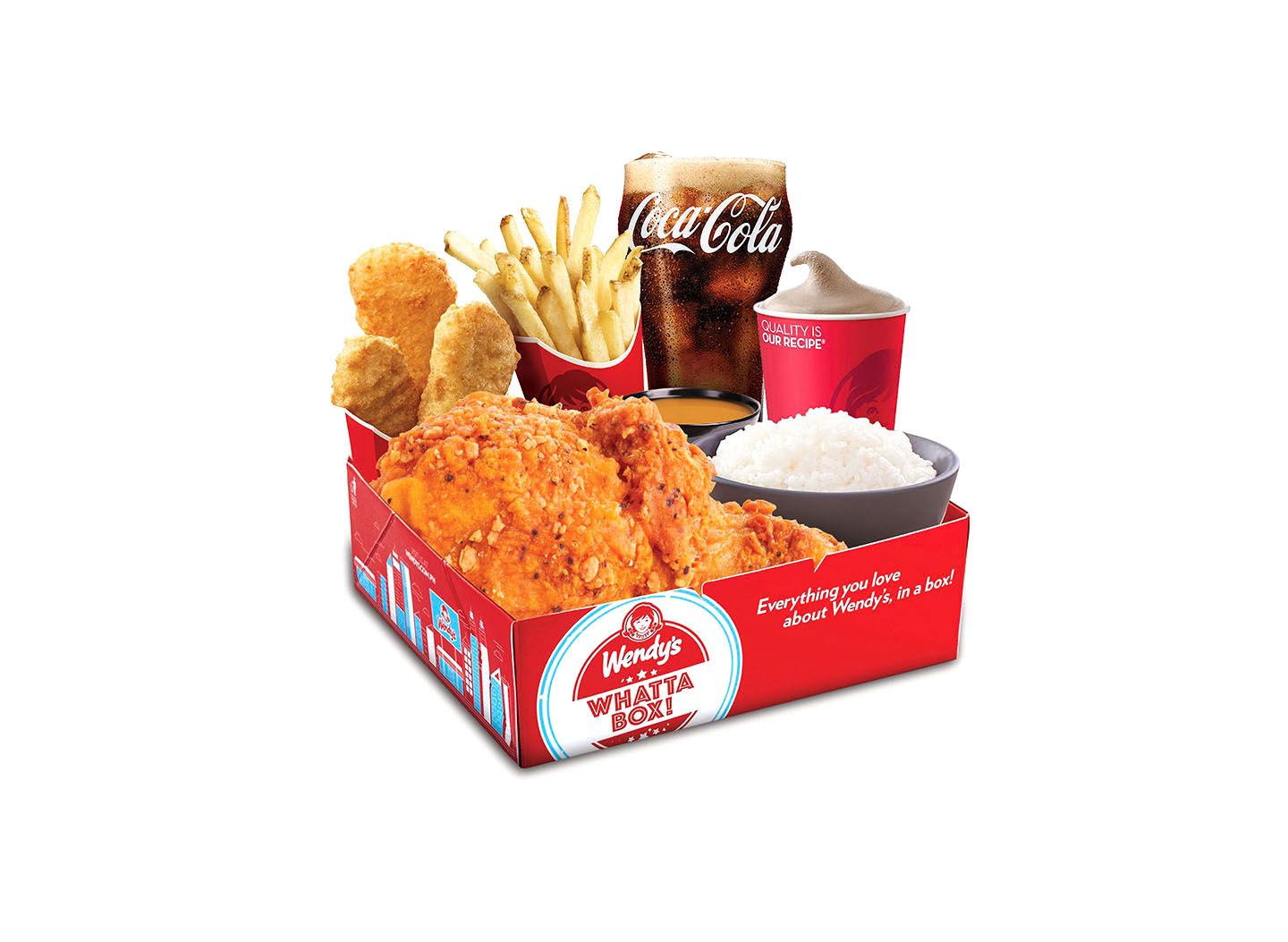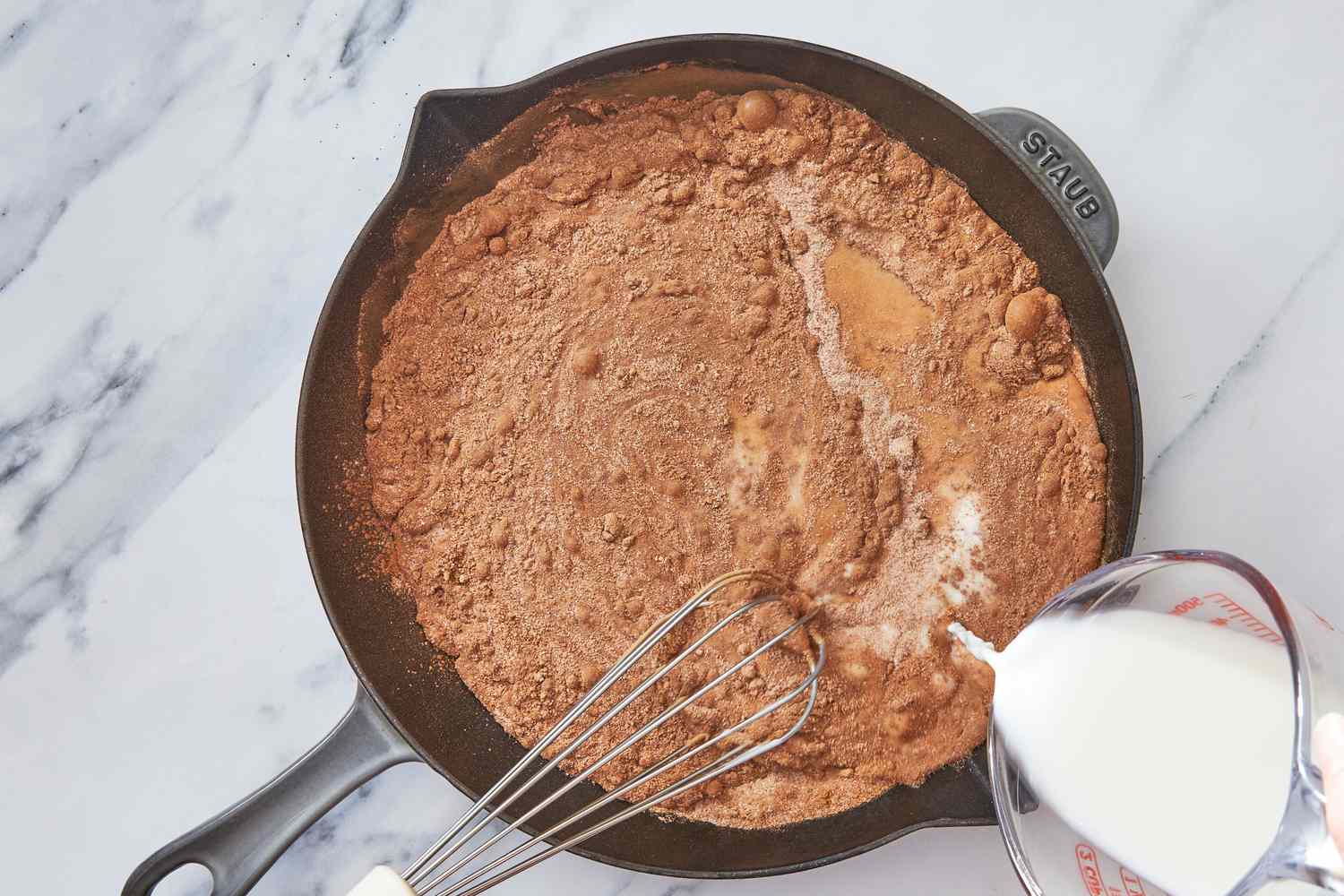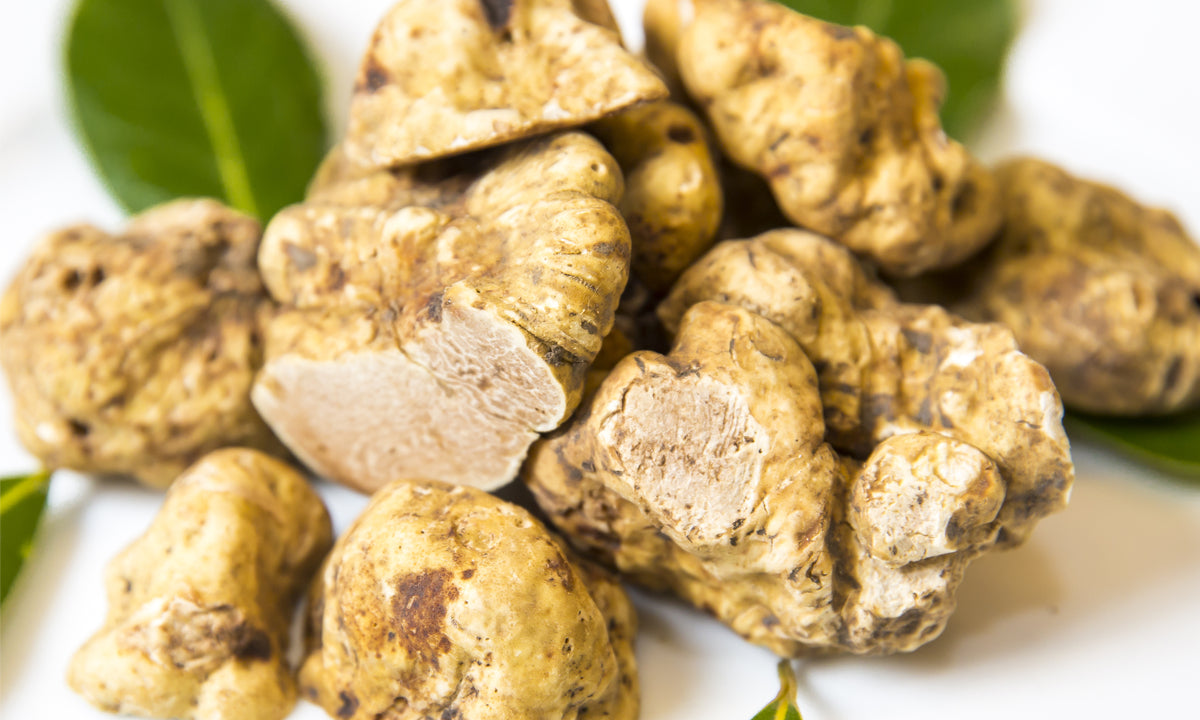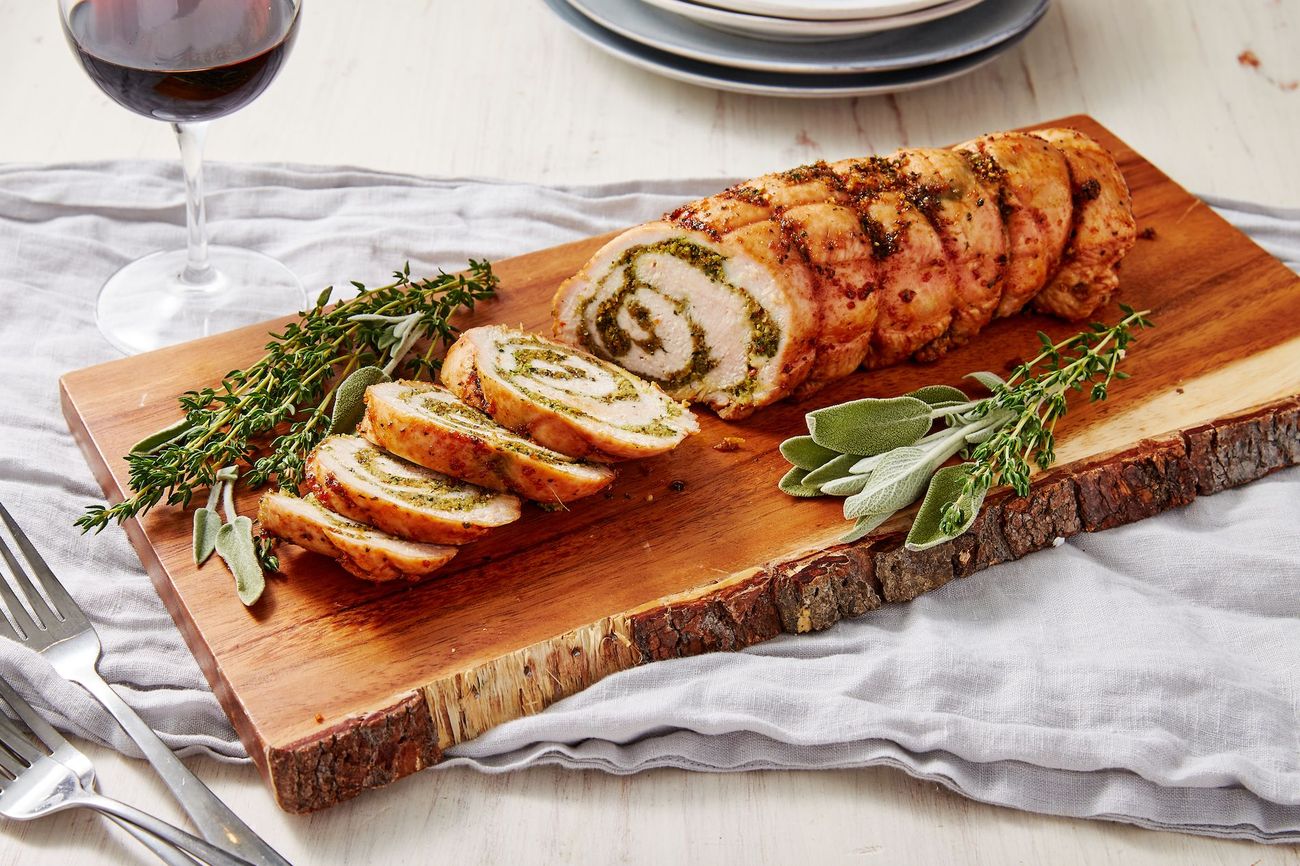When it comes to summer vegetables, yellow zucchini and yellow squash are often confused with each other. Both are delicious and versatile, but they do have some differences that are worth exploring. Let's take a closer look at these two popular vegetables and uncover what sets them apart.
Yellow Zucchini
Yellow zucchini, also known as golden zucchini, is a type of summer squash that is similar in shape to traditional green zucchini. However, as the name suggests, yellow zucchini is distinguished by its vibrant yellow color. This variety of zucchini is typically harvested when it is still young and tender, resulting in a mild and slightly sweet flavor.
Yellow Squash
Yellow squash, on the other hand, is a broader category of squash that includes both crookneck and straightneck varieties. These squashes are characterized by their yellow skin and elongated shape. Yellow squash is harvested at a similar stage to yellow zucchini, yielding a tender texture and delicate flavor.
Key Differences
While yellow zucchini and yellow squash share many similarities, there are a few key differences that set them apart:
-
Shape: Yellow zucchini is often straight and cylindrical, resembling traditional green zucchini. Yellow squash, on the other hand, can have a curved neck or a straight neck, depending on the specific variety.
-
Flavor: Yellow zucchini tends to have a slightly sweeter flavor compared to yellow squash. This subtle difference in taste can influence how these vegetables are used in cooking.
-
Texture: Yellow zucchini and yellow squash have similar textures when cooked, both offering a tender and creamy consistency. However, the shape of the vegetables may affect how they are sliced and prepared in recipes.
Culinary Uses
Both yellow zucchini and yellow squash can be used interchangeably in many recipes, thanks to their similar flavor and texture. Here are some popular ways to enjoy these versatile vegetables:
-
Grilled: Slice yellow zucchini and yellow squash into rounds or spears, then grill them with a drizzle of olive oil and a sprinkle of salt and pepper for a simple and delicious side dish.
-
Sautéed: Add sliced yellow zucchini or yellow squash to a hot skillet with some garlic and herbs for a quick and flavorful sautéed vegetable medley.
-
Roasted: Toss chunks of yellow zucchini and yellow squash with other seasonal vegetables, such as bell peppers and onions, then roast them in the oven until tender and caramelized.
-
In Casseroles and Stir-Fries: Both yellow zucchini and yellow squash can be incorporated into casseroles, stir-fries, and pasta dishes for added color, flavor, and nutrients.
Nutritional Benefits
Yellow zucchini and yellow squash are both low in calories and rich in essential nutrients, making them a healthy addition to any diet. These vegetables are excellent sources of vitamins A and C, as well as dietary fiber. Additionally, they provide important minerals such as potassium and manganese.
Conclusion
In summary, while yellow zucchini and yellow squash may look similar at first glance, there are subtle differences in flavor, shape, and culinary uses that set them apart. Whether you prefer the mild sweetness of yellow zucchini or the delicate flavor of yellow squash, both of these vegetables offer a wealth of culinary possibilities and nutritional benefits. Next time you're at the market, consider picking up some yellow zucchini and yellow squash to explore the unique qualities of each and incorporate them into your favorite recipes.
Was this page helpful?
Read Next: What Is A Veal Shank?

